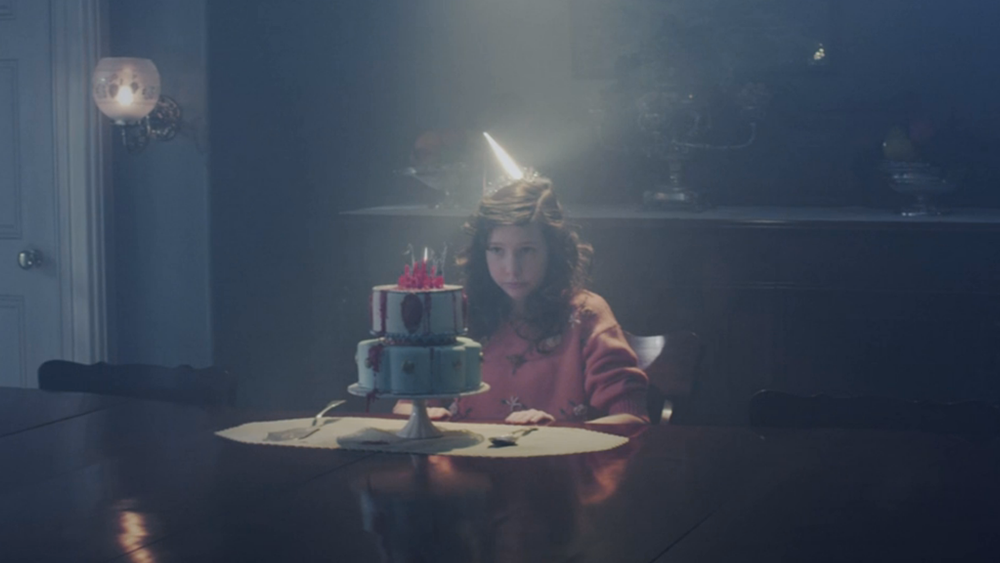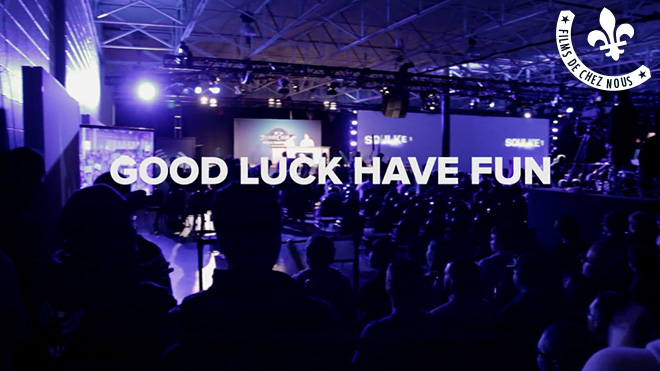Holder’s Comma explores the fragility of a young woman questioning her identity and purpose in a slightly surrealist, romantic and poetic universe where what seems to be in harmony never really is, and ultimately falls apart
“What the hell did I just watch? That was absolutely stunning!” Is possibly what you might be saying after watching Holder’s Comma. This is another artistic masterpiece from Montreal filmmaker Thibaut Duverneix, which we’ve feature the films “032 – A Canadian Affair” and the enigmatic experimental short “Refuge“.
The history of Western music revolves around the fundamental question of tuning. Through the ages theorists and composers worked to create an ordered system whereby all sounds, all pitches would be in reference to an established scale, which resulted in our octave of twelve notes, so perfectly represented by the piano’s symmetrically ordered keyboard.
The problem in such a system is that there is no way to perfectly divide the pitches in an octave by twelve, there is always a slip, a compromise, a fraction of a note that gets swept under the carpet. In music theory these fractions are called commas: a minute interval, the difference resulting from tuning one note two different ways.
This short is an exquisite work that really explores the notion of time and space, creating a surreal feeling in a real environment. The incredible attention to the set design and location almost makes it become a character of its own, where it drives the story even with its silence.
Various theorists from Pythagoras to Mercator have proposed their own variants of the comma. In 1692 William Holder Published A Treatise on the Natural Grounds and Principles of Harmony, and in it he proposed a new comma that solved the tuning problem better than any previous ones, but there was a catch: Holder’s Comma was an irrational number, a number that existed in theory, but no physical instrument could ever be tuned to its intervals exactly. There would always remain this crack in the foundation of the perfect order of harmony.
The story is left to be interpreted by the viewer, and often we get to see that as an easy fix to an empty storyline, but here the cinematography, personas and mood feed off the empty tension, creating a fog of thoughts and doubts which undoubtably will be left unanswered. And as much as you would like to know more, you know you couldn’t be leaving on a more satisfactory note.



